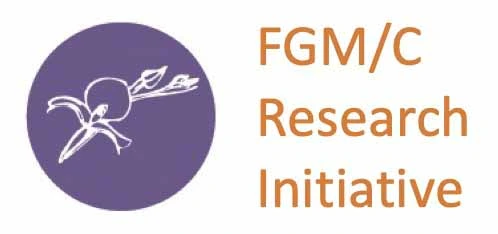The prevalence of FGM/C in Senegal has reduced from 28.2% to 20.1% between 2005 and 2023. Within the 15–19 age group – those most recently exposed to the risk of FGM/C, prevalence has reduced from 24.8% to 16.4%. FGM/C has been illegal in Senegal since 1999 when it was introduced into the Penal Code (Article 299). The law criminalises the performance and procurement of FGM/C as well as aiding and abetting. Medicalised FGM/C is also prohibited, with penalties in place for medical professionals who conduct the practice. In 2022, the government of Senegal adopted the third National Strategy for the Elimination of Female Genital Mutilation 2022–2030, which is accompanied by a five-year action plan 2022–2026. The practice of FGM/C in Senegal varies widely between regions. The regions with the lowest prevalence are Diourbel (0.8%), Louga (2%), and Thiès (3.9%). Those with the highest prevalence include Matam (83%), Sédhiou (80.9%), and Kolda (73.7%).

